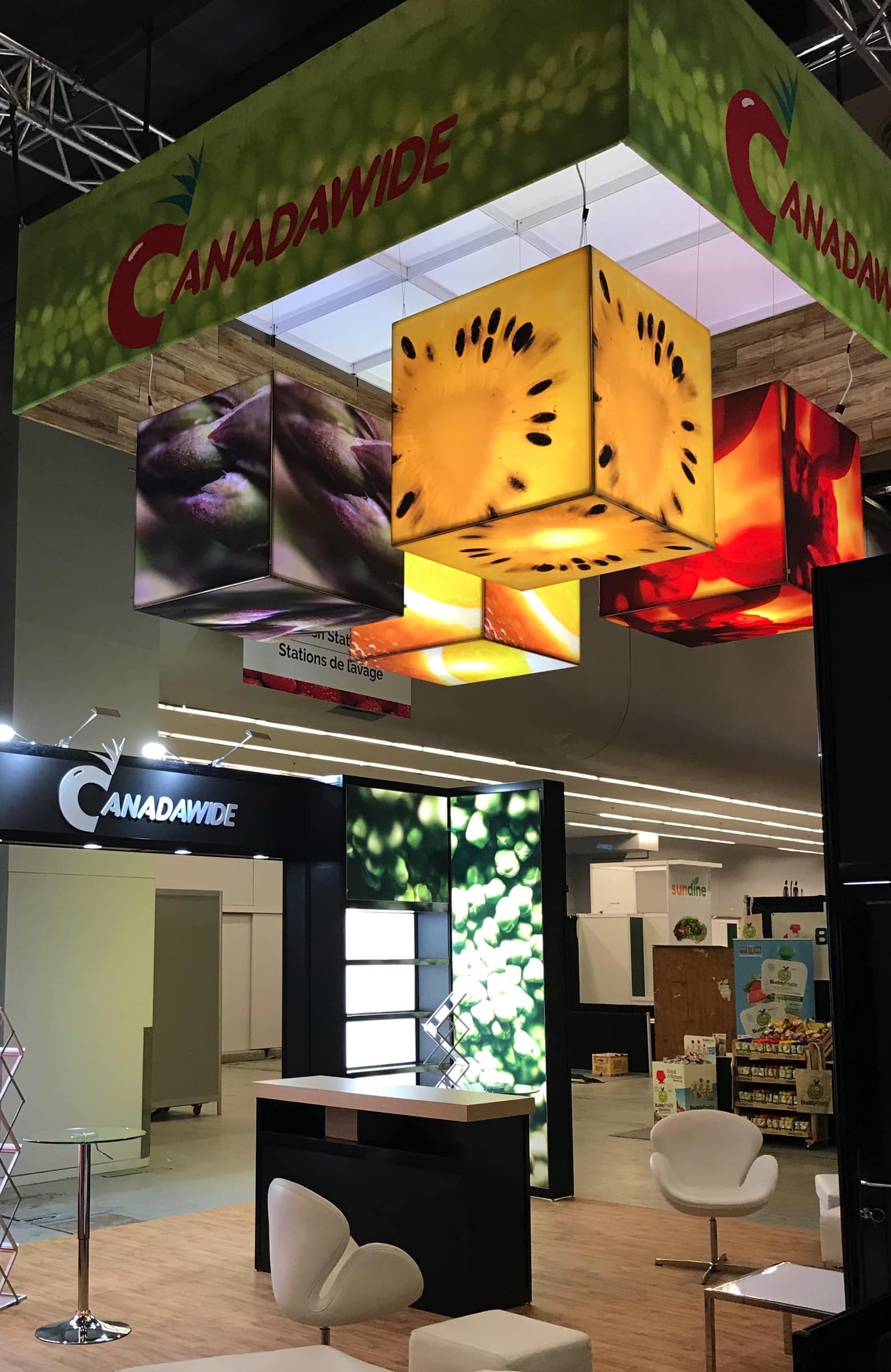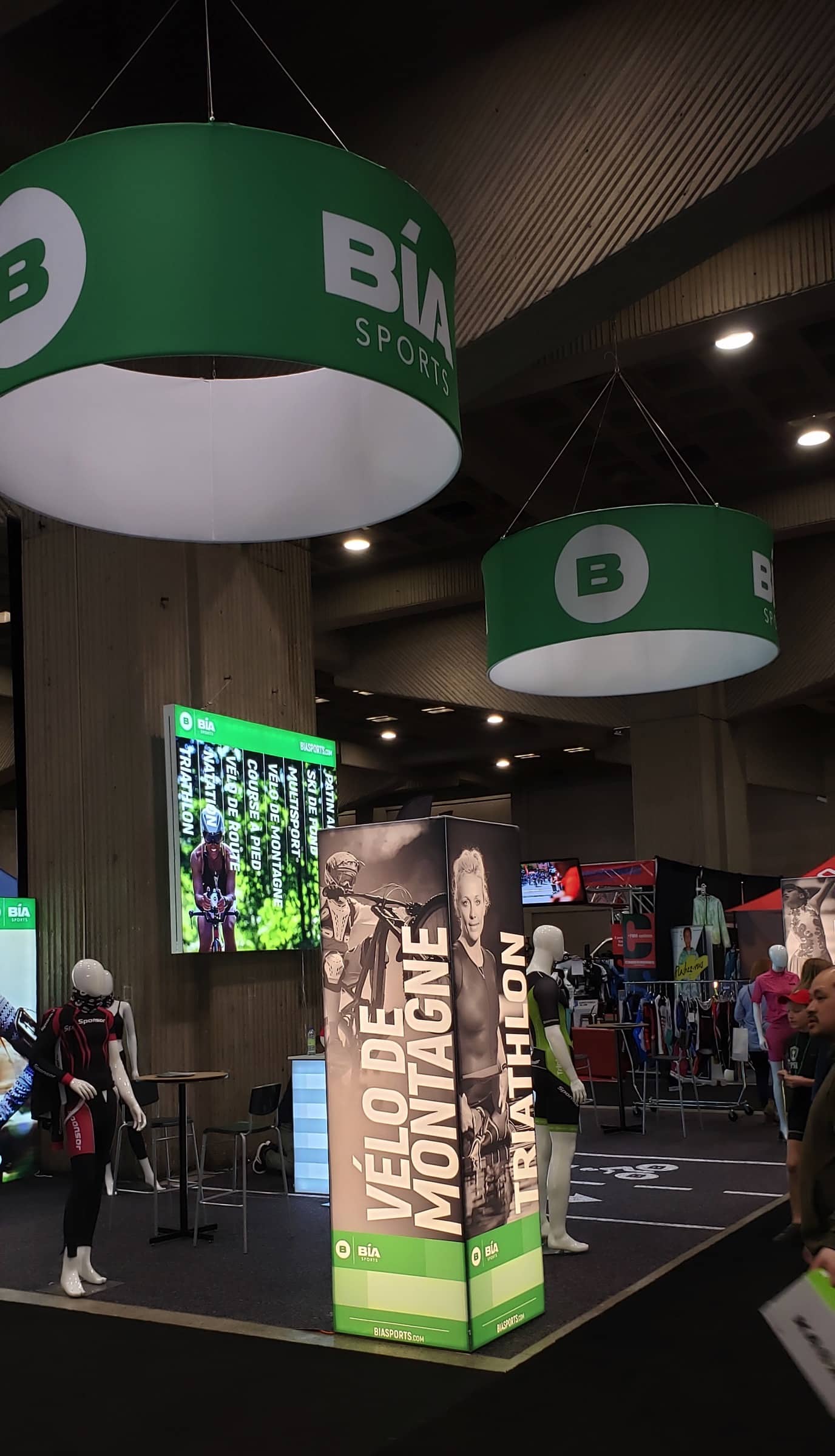
When it comes to large format displays, one fact is well known: there is no real standard format of the various media or materials. For a certain project, a wall, or a door, or even a building facade will be considered the standard! M&M therefore proposes to work on site, with the environment in its concrete context. Sometimes it will need to physically move to carry out a worksite survey (or site survey), namely take pictures and measurements at the places where it is planned to intervene, by installing a mural, for example.
Even if it is notorious that each project is unique, it is also admitted that certain elements can and must be standardized.
Inch or millimeter? That’s the question.
When a client sends plans to request a quote for a project, the dimensions generated by computer programs intended for designers and architects are usually in metric format (meters / centimeters / millimeters), and present the height first and then the width.
“At M&M, the equipment operates with an American system (feet / inches) and this means that we must always enter the width first and the height second in the production records. This way of doing things is intended to be a convention for all printers in North America, regardless of the format and the printing technique,” explains the manager of the submissions department, Bruno Lachance.
It means therefore to convert the dimensions into imperial format (inches / feet), but first to have the approval of the person who provides the plans to make the changes. It also means to imagine that this person agrees to apply the conversions in his document and return it with the new units of measurement.
Thus, the preferred official conversion ratio is as follows: 1 millimeter = 0.03937 inches or conversely 1 inch = 25.4 millimeters, i.e. 2.54 centimeters or 0.254 meters. Officially, 1 meter = 39.37 inches. There are online tools that can help convert measurement units from one to another.
Therefore, in all cases of plans provided by museums, architects or designers, it is first necessary to convert the formats and change the height for the width and vice versa in order to obtain “standardized” formats with the production process. This exercise can sometimes take some time, even several days for large projects that include a large number of different formats.
Once these technical questions have been settled, it is possible to begin the realization of the submission. Another reason why this is done is that if the quote is entered into the pre-production system in advance, once it is accepted and converted into an order, everything will be ready to start production. The formats will have been standardized beforehand.
Another important reason for converting units of measurement to inches is that all prices M&M quotes are calculated in the form of “price per linear foot” for the manufacture of wall frames and enclosures luminous and “price per square foot” for fabrics, whether printed or not.
Since in Quebec both systems are still used (the metric system for architecture and the American system for construction), it is not uncommon to confuse the two, to receive a price request with mixed units of measurement (both inches, feet, centimeters and meters). “It is the duty and in the interest of our experts to make customers aware of the importance of providing dimensions in the correct units of measurement (in inches, even for formats over twenty feet), then to respect the standardization standards (width/height),” concludes Bruno Lachance.
